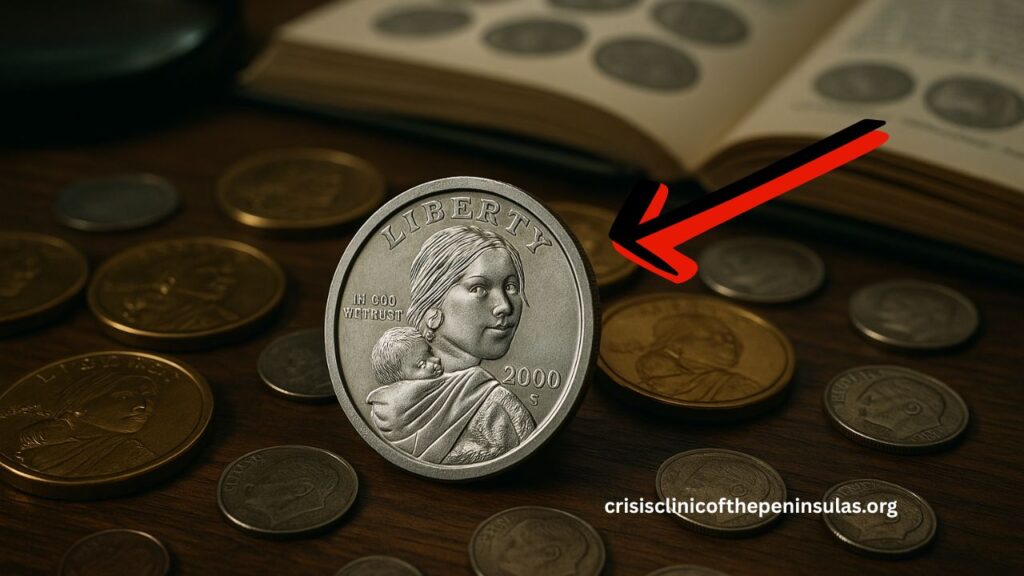A rare Sacagawea dollar coin, initially dismissed as an arcade token, stunned numismatics when it sold for $1.2 million. This eye‑opening story shows how a minute mint error can turn everyday currency into a priceless collectible.
What Happened: The $1.2M Error Coin
In the year 2000, a Sacagawea dollar was mistakenly minted on a 1999-dated Susan B. Anthony dollar planchet, made from copper-nickel rather than the golden manganese-brass used for Sacagawea coins.
The result: a transitional error coin, blending two distinct designs and compositions—a hybrid that researchers recognized immediately as extraordinary .
Table of Key Details
| Attribute | Details |
|---|---|
| Coin Type | 2000 Sacagawea Dollar on 1999 Susan B. Anthony planchet |
| Composition | Copper-Nickel (Susan B. Anthony blank) vs. manganese-brass |
| Mint Year | 2000 design struck on 1999 blank |
| Mistaken Identity | Labeled as arcade token or novelty |
| Auction Sale Price | $1.2 million |
| Known Quantity | Only a few transitional error examples in existence |
| Significance | One of the most valuable modern U.S. mint errors |
Why This Coin Is SEO-Worthy Gold
Rarity & Transitional Error
Transitional errors like this, involving one coin design struck on another’s planchet, are exceedingly rare—and highly prized by collectors. Because only a handful are known, this coin’s scarcity is a prime value driver.
Mistaken as a Token
Finding the coin without the expected golden hue, early holders assumed it was a token or novelty piece. It languished unnoticed until an astute collector recognized the mismatch and submitted it for authentication—a decision that led to its million-dollar value .
Record-Setting Auction
At a major auction, the coin sold for $1.2 million, making it a record for modern U.S. minting errors and a headline-grabbing numismatic rarity.
What Makes this Sacagawea Dollar Special
- Uncommon Minting Error: Since minting Sacagawea dollars began in 2000, using leftover Susan B. Anthony blanks was an early transitional phase. This coin embodies that rare moment.
- Unmistakable Composition: The copper-nickel alloy betrays its planchet origin—and deepens its intrigue for collectors.
- Extremely Limited Survivors: Only a few examples are known or verified, ensuring immense demand.
- Expert Authentication: Grading confirmed legitimacy, validating the mistake and solidifying its value.
The story of the $1.2 million Sacagawea dollar underscores the thrilling unpredictability of coin collecting.
What looked like a worthless token turned into a legendary mint error—a lesson to never overlook the coins in your pocket. Hidden gems may lie in plain sight, waiting for eyes sharp enough to spot their true worth.
FAQs
What exactly is this $1.2 million Sacagawea dollar?
How can someone identify if their Sacagawea dollar is that error?
Look for the appearance of a Sacagawea eagle and obverse design—but note the copper-nickel color (not golden). If it doesn’t match typical Sacagawea coloring, seek professional authentication.
Why was the coin mistaken for a token?
Its lack of golden hue and unusual metallic look led everyday users to assume it was a novelty token or misprinted piece—not a circulating dollar coin.

